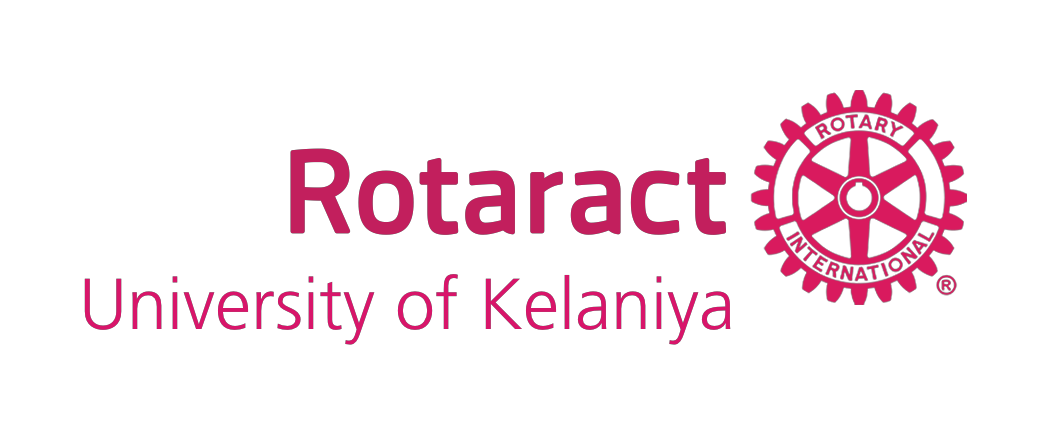Since 1988, December 1 has been designated as World AIDS Day. It is an international day to increase understanding of HIV and AIDS everywhere. In addition, to bring attention to the AIDS epidemic brought on by the spread of HIV infection, memorial services are performed on this day to remember those who have passed away from HIV/AIDS. Government and health authorities mark the day as well, frequently hosting speeches or conferences on AIDS-related subjects. The President of the United States has issued a formal proclamation on World AIDS Day every year since 1995. Similar announcements have been made by governments in other countries in a similar fashion.
AIDS has claimed the lives of more than 25 million individuals since 1981. One of the deadliest epidemics in recorded history, an estimated 33.2 million individuals live with HIV globally today. Although antiretroviral medication and care are now more widely available, the AIDS epidemic nevertheless claimed an estimated 2 million deaths worldwide in 2007, of which around 270,000 were children.
James W. Bunn and Thomas Netter, two public information workers for the Global Program on AIDS (now known as UNAIDS) at the World Health Organization in Geneva, Switzerland, initially came up with the idea for World AIDS Day in August 1987. Dec. 1 was proposed as the date to guarantee coverage by western news media, which was essential for its success. It was anticipated that media outlets would be tired of their post-election coverage and anxious to find a new subject to cover because 1988 was an election year in the U.S. December 1 was deemed to be the ideal date for World AIDS Day since it was far enough after the election and close enough to the Christmas season.
The World AIDS Day is now regarded as the longest-running campaign for disease awareness and prevention in the annals of public health. The joint United Nations Program on HIV/AIDS (UNAIDS), which began operating in 1996, took over the organization and promotion of World AIDS Day. The World AIDS campaign was subsequently launched by UN AIDS in 1997 with an emphasis on year-round communication, prevention, and education. In 2004, the World AIDS Campaign separated from its parent company.
The Global AIDS Program/UN AIDS led the World AIDS Day campaign from its establishment until 2004, selecting the annual themes after consulting with other international health organizations. The focus of World AIDS Day in its first two years was on children and young people. These themes came under heavy fire at the time for neglecting the possibility that people of all ages may get HIV and develop AIDS. But the themes raised awareness of the HIV/AIDS crisis, helped lessen some of the stigma associated with the illness, and helped increase understanding of the issue as a family disease.
Once someone receives a diagnosis of AIDS, their life becomes unbearable. The feeling of not being liked or loathed, in addition to societal stigma and discrimination, operates as a slow poison. Through our love and care, we must inculcate in them the conviction that HIV-positive persons may still live a long and healthy life.
The only way to deal with AIDS is via prevention and awareness, even though it is a disease that cannot be cured or eliminated from society. To avoid contracting such fatal diseases, we must undergo frequent and periodic health examinations. We must also inspire and inform others to follow suit. Because of the disease’s broad knowledge, fewer adults and children are passing away from AIDS. The only means of combating the AIDS virus is by raising awareness.




